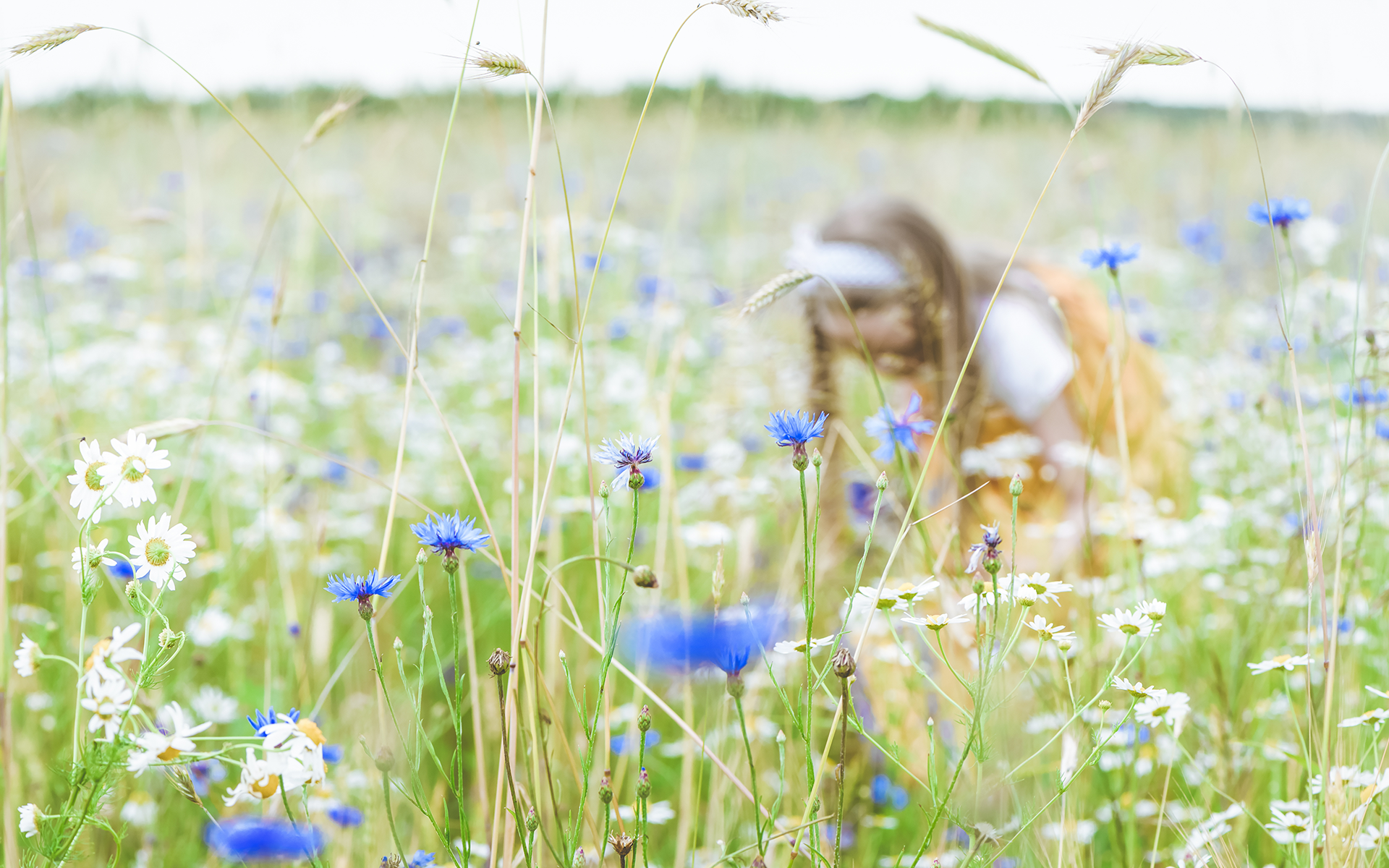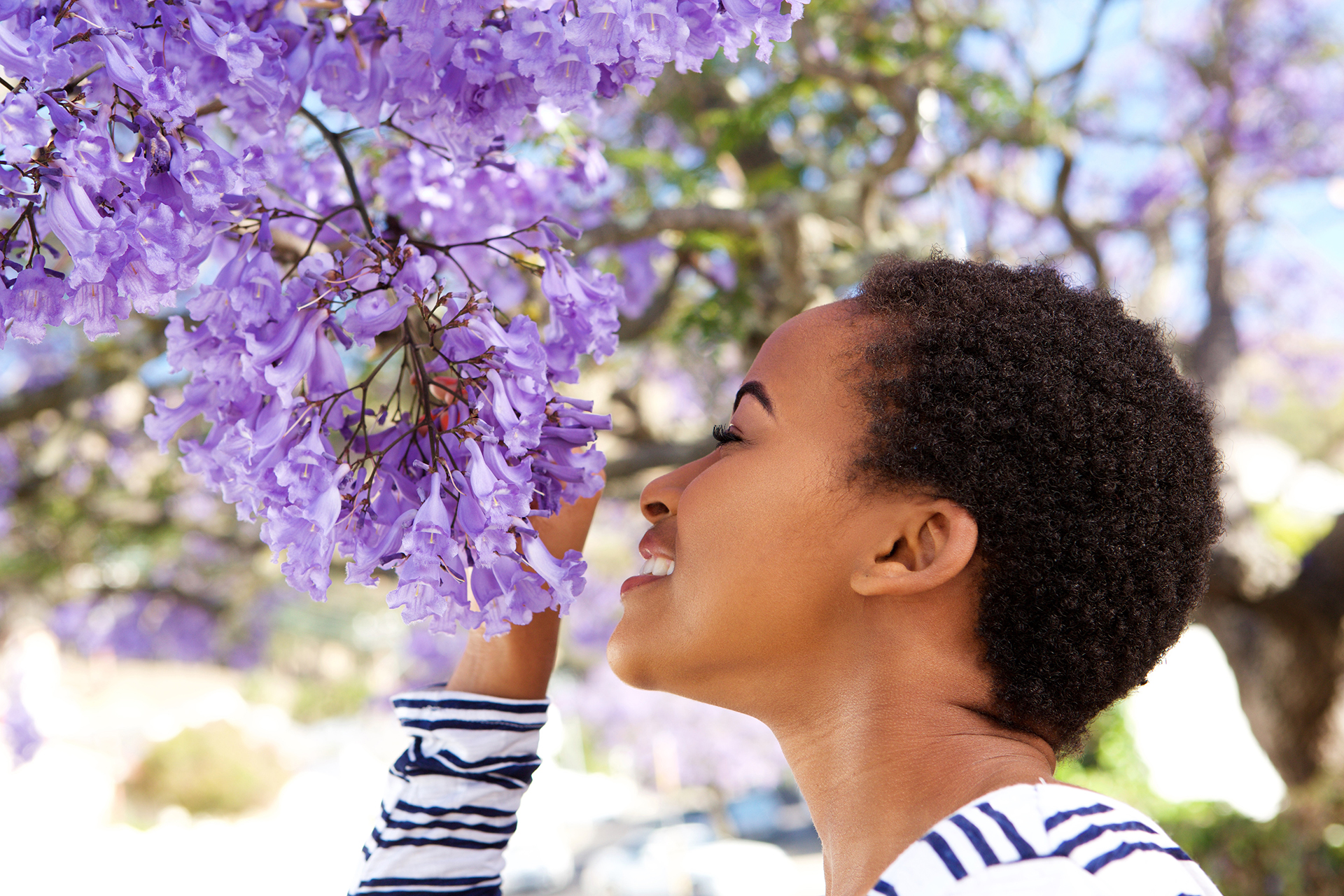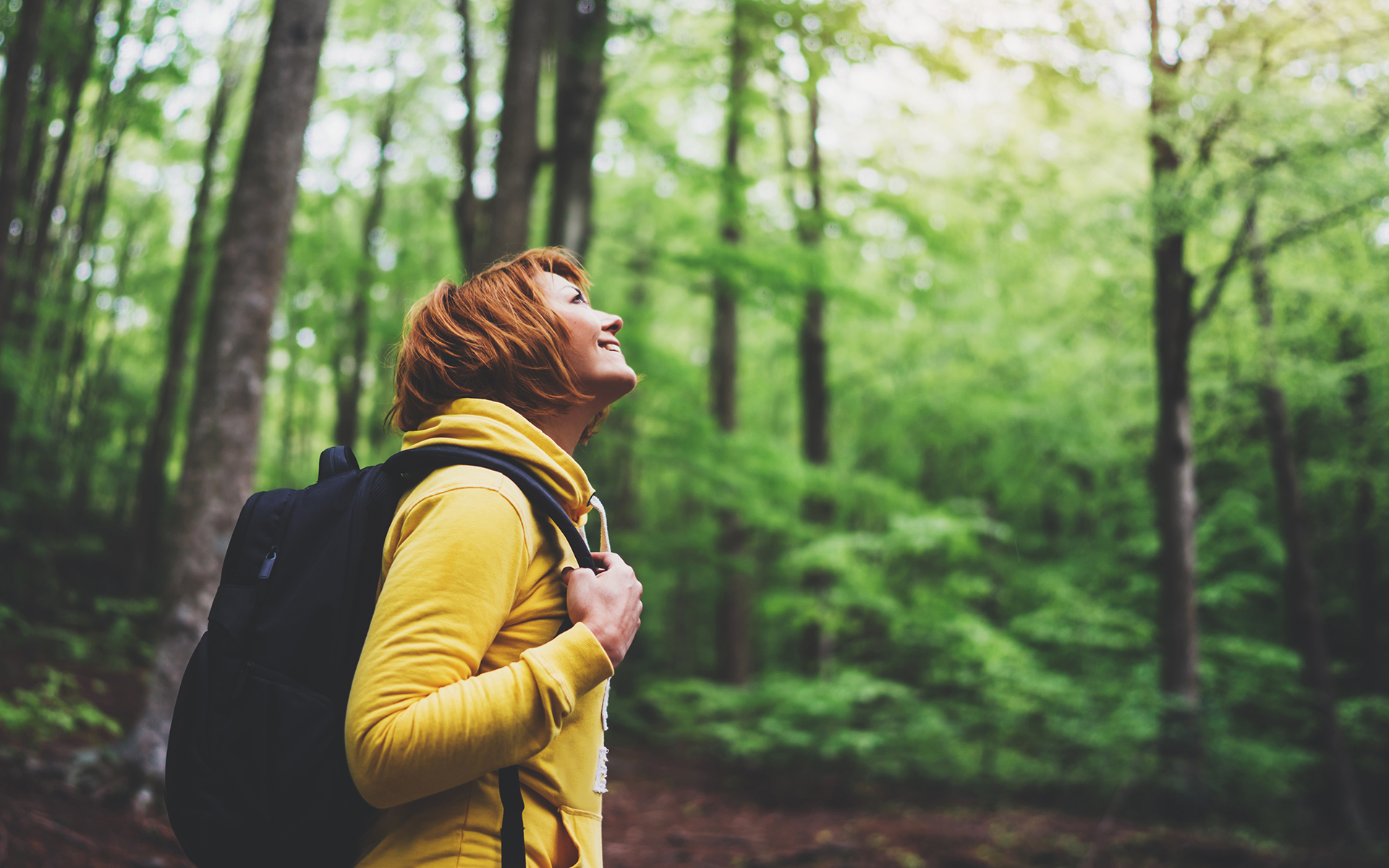For many of us, meditation is done with our eyes closed. Yet when we’re outside in nature, and just in our life, our eyes are open. Meditation teacher Mark Coleman, author of Awake In the Wild, shares this practice to help you cultivate a sense of presence and awareness that you can take with you anywhere, whether sitting at your desk, sitting in a room, or gazing over a vast landscape of sky, ocean, mountains.
Cultivating a Sense of Presence and Awareness
A Guided Meditation to Cultivate Presence and Awareness
- Begin by finding a comfortable posture and then lowering your gaze. Sitting with a sense of ease, relaxation, feeling that connection of your body with the ground, with the earth. Just closing the eyes to begin, sensing your body sitting, sensing your posture. Take a few mindful breaths, and be aware of the soundscape that’s all around you.
- And then opening your eyes softly, slowly, gently. Have the gaze looking down, maybe four or five feet in front of you. Relax the eyes. Soften the gaze. Cultivate that sense of receiving through the eyes. Ideally, you have a wide-angle vision, so you’re seeing peripherally and everything in between: a wide-angle view. And in this practice, try not to lose touch with the sense of your body sitting, with the sense of your breath and the sounds. We’re just adding this important layer of experience of seeing, becoming aware of what it is you’re seeing: color, light, shape, form. We’re seeing and being aware of seeing—being mindful that seeing is happening.
- Now I’m going to invite you to shift your gaze from the lowered-gaze position to just looking straight ahead. Notice how that changes your experience. The more we lift the eyes, the more energizing the practice. And then shifting your gaze again, so you’re looking upwards at the sky, at the canopy, at the ceiling, stars. And again, noticing how that changes the energy, your attention.
- And then letting your gaze rest wherever is most comfortable, which is often just below the horizon: looking straight ahead, but a little down. As we lower the gaze, it relaxes the eyes, it relaxes the nervous system; it supports a little more concentration.
- If you find in this practice the eyes are getting tired, or you’re getting distracted by the visual field, then take a moment to close your eyes. Feel your breath. Sense your body, wherever your body is touching the ground.
- And then, in your own time, open the eyes again. Soft gaze. Relaxed. Seeing and aware of seeing. As you do this, particularly when doing this outside, be aware of how the visual field affects you, touches you—the color, the light, the forms—how it can support staying really connected and tethered to the present moment.
- And as you bring this practice to a close, again, just noticing the impact or the influence of this practice.
read more
The Mindful Art of Foraging
Chelsea Fuss explores how the art of gathering wildflowers lets us embrace openness, presence, and imagination, all while feeling more at home in our corner of the world.
Read More
A Guided Practice to Invite Nature Into Your Life
Mindfulness teacher Kelly Barron leads a practice for connecting with nature wherever you are.
Read More
What Nature Teaches Us About Well-Being
The natural world and its processes has much to teach us about the flexibility, creativity, and resilience that’s already within us, just waiting to unfurl.
Read More









